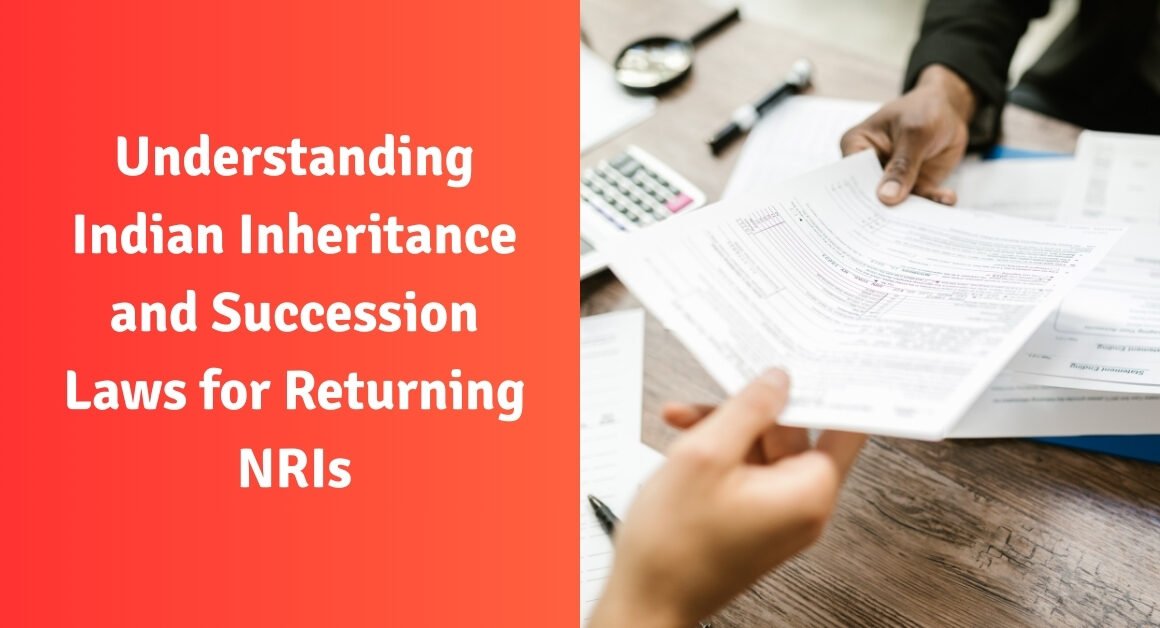Relocating to your home country with children comes with a set of challenges. From adjusting to warm, humid weather to adjusting to the Indian education system. As families return to their roots, children often face academic and cultural transitions that require careful navigation. Our organization, Prime Wealth, has helped numerous NRIs transition their finances while coming back, and we have also heard their experience. based on the NRI experiences, here is a guide that will help your child adjust to the Indian education system.
Understanding the Indian Education System
The Indian education system differs significantly from Western systems in its structure, teaching methodology, and assessment patterns. Where the Western education system focuses on a skill-based and practical approach, the Indian education system focuses on an exam-based approach.
CBSE, ICSE, state boards, and international boards like IB and Cambridge are India’s most significant education boards. They all have different curricula and examination patterns. In contrast to the Western calendar, which continues from September through June, the academic year usually extends from March to April. This change may create a transitional gap, so careful planning will be required. Knowing these differences can assist children in preparing them for their future.
Choosing the Right School
Choosing a right school is perhaps the most important decision during this transition phase. Besides academic standards, look into other aspects such as teaching style, cultural assimilation programs, and international student support systems. IB or Cambridge curriculum international schools provide consistency for children moving from the same systems overseas and tend to be familiar with addressing transitional issues for international citizens. Yet, national boards such as CBSE and ICSE are more robust in the fundamentals of Indian languages and indigenous contexts, and this could be advantageous for children who are making long-term plans for schooling in India.
Addressing Language Barriers
Language is one of the most significant challenges often faced by return NRI children. Although the majority of Indian schools teach through English, the ability to communicate in Hindi or local languages may be expected, particularly in language classes and in cultural settings. Start language acclimatization long before your relocation via online materials, language learning apps, or chatting practice with relatives. On arrival in India, take extra language tuition or a tutor to provide confidence to your child. Most schools recognize this issue and provide remedial language tuition for return NRIs.
Preparing for Academic Differences
Academic demands in Indian schools tend to focus on theoretical knowledge, rote learning, and broad syllabi coverage. The competitive climate and examination pressure may prove overwhelming for children from activity-based or experiential learning models. Collaborate with your child to slowly cultivate study habits conducive to Indian educational standards. Foster a balanced system that maintains their creative mind and international outlook but accommodates the new educational needs. Frequent dialogue with teachers regarding your child’s background and learning style may assist in the development of tailored support mechanisms.
Conclusion
It takes patience, preparation, and positivity to transition children into the Indian school system. The challenges offer chances for personal growth and cultural enrichment. Familiarity with the system, selection of the right institution, resolution of language barriers, and anticipation of academic differences can assist children in excelling in their new setting. Transition should not negate their international experience but enrich it with India’s rich educational heritage. Seek advice from educational consultants.
FAQs’
1. What are the major differences between Indian and Western education systems?
Ans – Indian education focuses more on theoretical knowledge and exams, while Western systems emphasize skill-based, practical learning.
2. Which are the main educational boards in India?
Ans – CBSE, ICSE, state boards, and international boards like IB and Cambridge are the primary boards in India.
3. When does the academic year start in Indian schools?
Ans – The academic year typically runs from March or April to the following year, unlike the Western calendar which starts in September.
4. How can I choose the right school for my child in India?
Ans – Consider curriculum, teaching methods, cultural support, and whether the school has experience with international students.
5. Should I prefer international or Indian curriculum schools for my child?
Ans – International schools (IB/Cambridge) are suitable for continuity, while CBSE/ICSE are better for long-term education in India with strong local context.
6. Will my child face language barriers in Indian schools?
Ans – Possibly. Most schools teach in English, but knowledge of Hindi or regional languages may be expected, especially in language and cultural classes.
7. How can I help my child overcome language challenges?
Ans – Start early with language learning apps or conversations with relatives, and consider tutoring or remedial classes after moving.
8. Are Indian schools academically tougher than Western ones?
Ans – They can be more demanding, with a focus on rote learning, broad syllabi, and exam pressure, which may require adjustment.
9. What can I do to help my child adapt to the Indian school system?
Ans – Gradually develop study habits aligned with Indian standards and maintain open communication with teachers for personalized support.
10. Can my child retain their international outlook while studying in India?
Ans – Yes, with the right balance between adapting to the system and nurturing their global mindset, the transition can be enriching.
Disclaimer: The information provided here is for educational and informational purposes only and should not be construed as financial, legal, or tax advice. Consult with a qualified professional before making any investment decisions. We do not accept any liability for errors or omissions in this information nor any direct, indirect, or consequential losses arising from its use.





